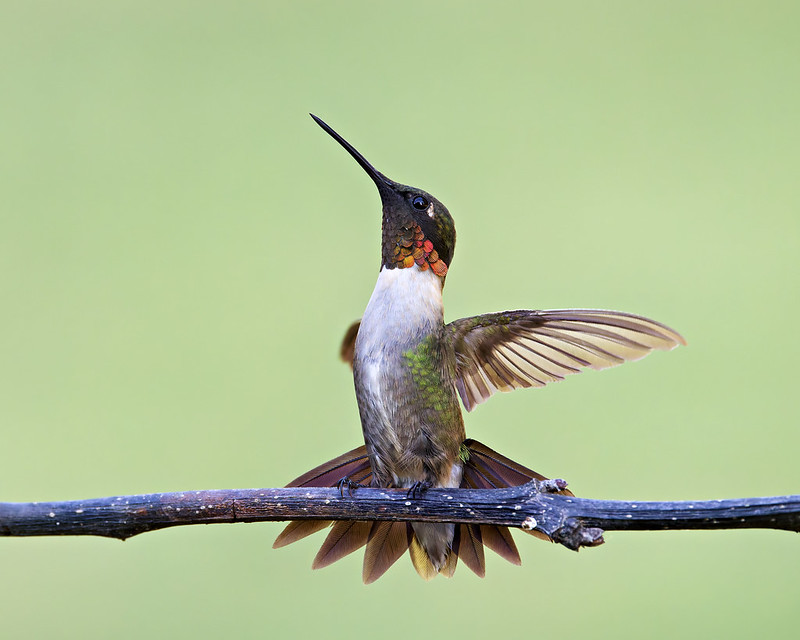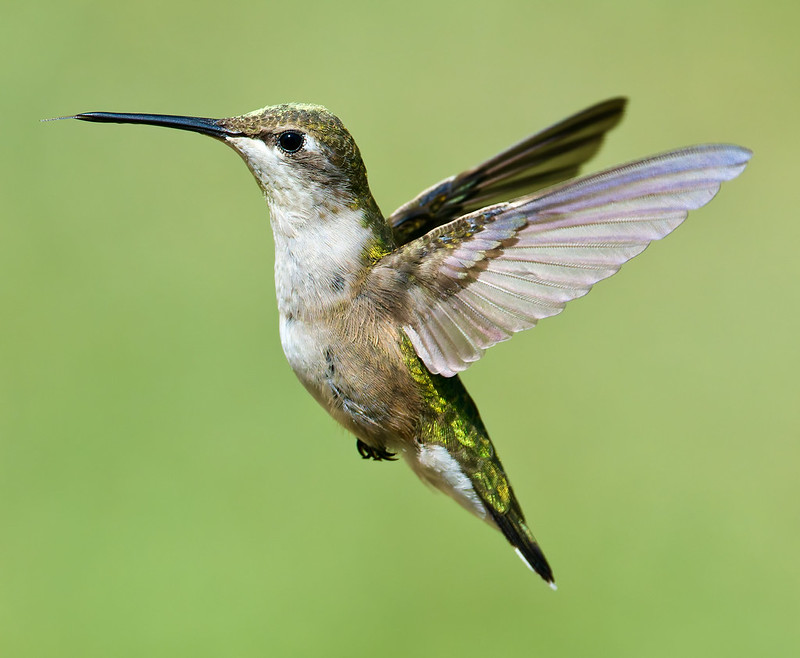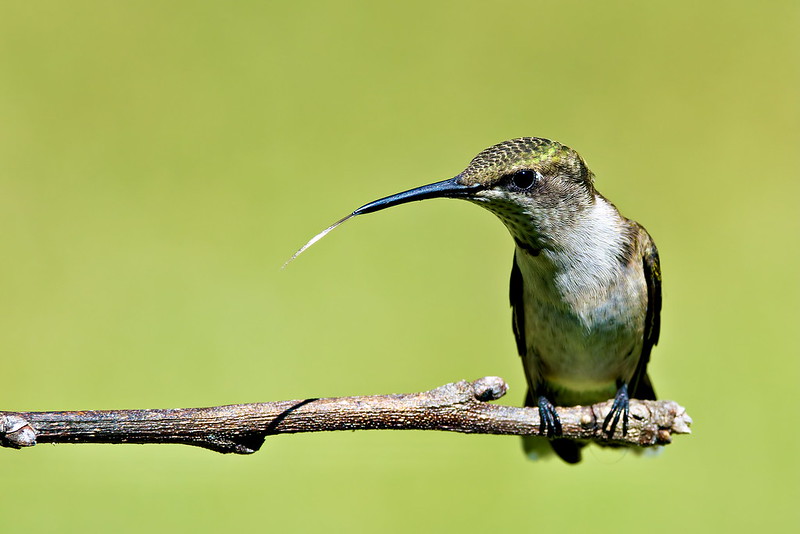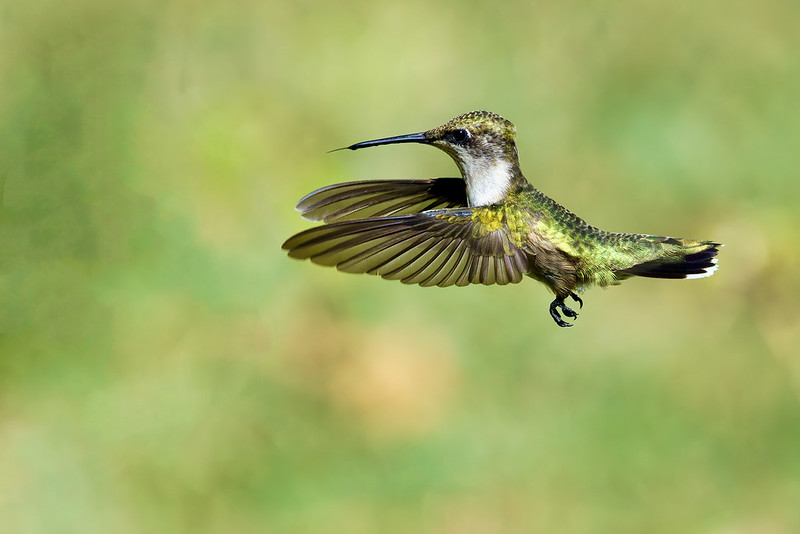The first Saturday in September is National Hummingbird Day, a special time to honor one of the most captivating birds in the world. Known for their rapid wingbeats and ability to hover in place, hummingbirds are not only beautiful but also vital to the health of ecosystems. This annual celebration promotes conservation and raises awareness of their importance in nature.

The Importance of Hummingbirds
Hummingbirds are critical pollinators. As they sip nectar from flowers, they carry pollen that helps plants reproduce. Without them, many plants and wildflowers would struggle to survive. In North America, the Ruby-throated Hummingbird is one of the most recognized species. Males are distinguished by their bright red throats, while females display green and white plumage. These birds also make incredible migrations, traveling hundreds of miles nonstop across the Gulf of Mexico.

Wildlife Notes: Watching Hummingbird Behavior
In early September, hummingbirds feed heavily to prepare for migration. They can be seen perching, stretching their wings, and displaying flashes of color when the light hits just right. Their flight patterns are especially fascinating, with the ability to hover or dart sideways with unmatched agility.
One remarkable detail is their tongue. It is forked and can flick in and out up to 13 times per second while feeding, perfectly adapted to extracting nectar.

Photography Notes: How to Capture Them
Photographing hummingbirds is challenging but rewarding. Their size and speed require fast settings and good timing. Here were the exact settings used for the first photo:
- Camera: Canon EOS R5 Mark 2
- Lens: Canon RF 100–500mm F4.5–7.1 L IS USM
- Aperture: ƒ/8
- Shutter Speed: 1/640
- ISO: 4000
A plain background works best to highlight their feathers. Soft morning light also enhances the vibrant colors, such as the glowing ruby throat of the male. For beginners, positioning near a feeder or nectar-rich plant and pre-focusing on a likely hover spot can increase success.

Helping Hummingbirds Thrive
National Hummingbird Day is also about protecting these small birds. You can help by planting native flowers, avoiding pesticides, and keeping feeders clean with a simple sugar-water mix (four parts water to one part sugar, without dyes).
By supporting hummingbirds, we protect both their future and the ecosystems they sustain. On September 6th, take time to enjoy their speed, colors, and irreplaceable role in nature.
